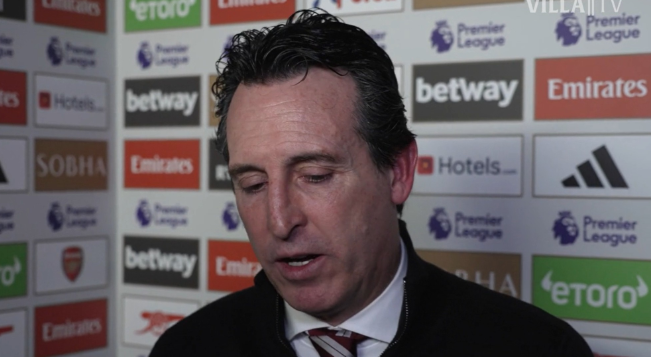
Spring returns to the earth, March 14, a wave of transfers quietly surging, the Super League, China A, China B three big game clubs received an urgent notice from the CFA: Super League, China A transfer window will be opened the following day on March 15, while the transfer window of China B was postponed to March 29th.
Looking back at the transfer window of the 2022 Chinese Super League season, it experienced two postponements: the original plan to open the window on January 17 was postponed to February 14 due to the fact that the 2021 league season didn't end until January 12 and the transfer period for the new season was only one week, a move that seemed reasonable; however, by mid-February, the clubs had received new news that the transfer window had been postponed again and the rumor was that the postponement would be made to March 14th.
Finally, on March 14, the answer to the mystery was revealed: on March 15, the transfer window for the Chinese Super League and the Chinese League will officially open.
The transfer period for this season's Chinese Super League and Chinese League One is divided into two phases: the first phase, the winter transfer window, lasts from March 15 to April 15; and the second phase, the summer transfer window, is tentatively scheduled for August 1st to August 31st.
The transfer window for China B has likewise been delayed to open on March 29th and close on April 29th. According to the tradition of transfer registration and league kick-off, it is likely that the China B League will start in early May, with the probability of adopting the match system. The second transfer window for China B is also scheduled for August 1 to August 31 (tentative).
The transfer window of the new season has brought a major change: the Super League, League One and League Two clubs no longer have restrictions on the transfer of domestic players. This is a great benefit for many players who are facing salary arrears, and it also gives those stable clubs who want to bring in more powerful players to improve their overall strength more choices, and even theoretically, they may form the "strongest all-China class".
Hong Kong, Macao and Taiwan players will be transferred and registered under the 2018 regulations, while naturalized players will be treated as domestic players.
In terms of foreign aid, in the first transfer window, the Chinese Super League can register six foreign aiders, and the Chinese League One is three. In the two transfer windows of the whole season, the cumulative number of foreign aiders registered by the Chinese Super League shall not exceed seven, and the number of foreign aiders registered by the Chinese League shall not exceed four.
Some teams have already identified their reinforcement targets while others have already negotiated the terms and conditions, and I believe that after March 15, we will have a wave of official announcements culminating.
The opening of the transfer window in the third tier signals that preparations for the league's new season are progressing steadily. However, there are still two issues that need to be addressed: salary restrictions and access.
It is well known that after two salary limits, the General Administration of Sport and the CFA are mulling over a third pay cut. One of the previously revealed plans was to reduce the input limit to 300 million and the domestic player salary limit to 3 million RMB before tax. But in reality, this is just one of many plans that have not been finalized. On top of that, there was an even stronger plan to limit salaries, but it was not ultimately introduced due to its disproportionate impact on the industry. Of course, there is another plan, that is, to keep the existing salary restriction policy unchanged. Some people think that the current $600 million overhead limit and $5 million pre-tax salary limit are more reasonable, and the investment in the Chinese Super League should not be cut across the board, and the clubs should decide on their own if they want to reduce their salaries, and from an objective point of view, the existing salary restriction policy is in fact more for preventing the next bubble rather than being a reason for the clubs to cut back on their investment. All things considered, the team's seasonal expenditure limit of 600 million and the player's salary limit of 5 million are still relatively reasonable.
Another influence is the access review.The access review for the 2022 season of the Chinese Super League has been exceptionally difficult because of the widespread non-payment of wages in the Chinese Super League. In this case, how should the criteria of the access review be grasped, should it be across-the-board or law-neutral? Is it necessary to introduce a specific timetable to deal with the problem of unpaid wages? All of this is yet to be finalized.
The 2022 Premier League season is now progressing steadily according to plans for a home-and-away format
. According to the plan, the preparatory team of the CFA and the CFL will start the inspection of the home stadiums of the Chinese Super League and the Chinese First Division clubs in the near future.
Considering all aspects of the situation, the Chinese Super League in accordance with the original plan in late April to open the home and away match system has a certain degree of difficulty, but the relevant preparatory work is still very necessary. Because the 2022 season of the Chinese Super League is likely to use "10 + 8 + 8 + 8" four-stage or "5 + 4 + 4 + 4 + 4 + 5 + 4 + 4 + 4 + 4" eight-stage plan, the Chinese Super League and the Chinese First Division can be played in the early stage of the first match system, and then later on Home and away matches.






























